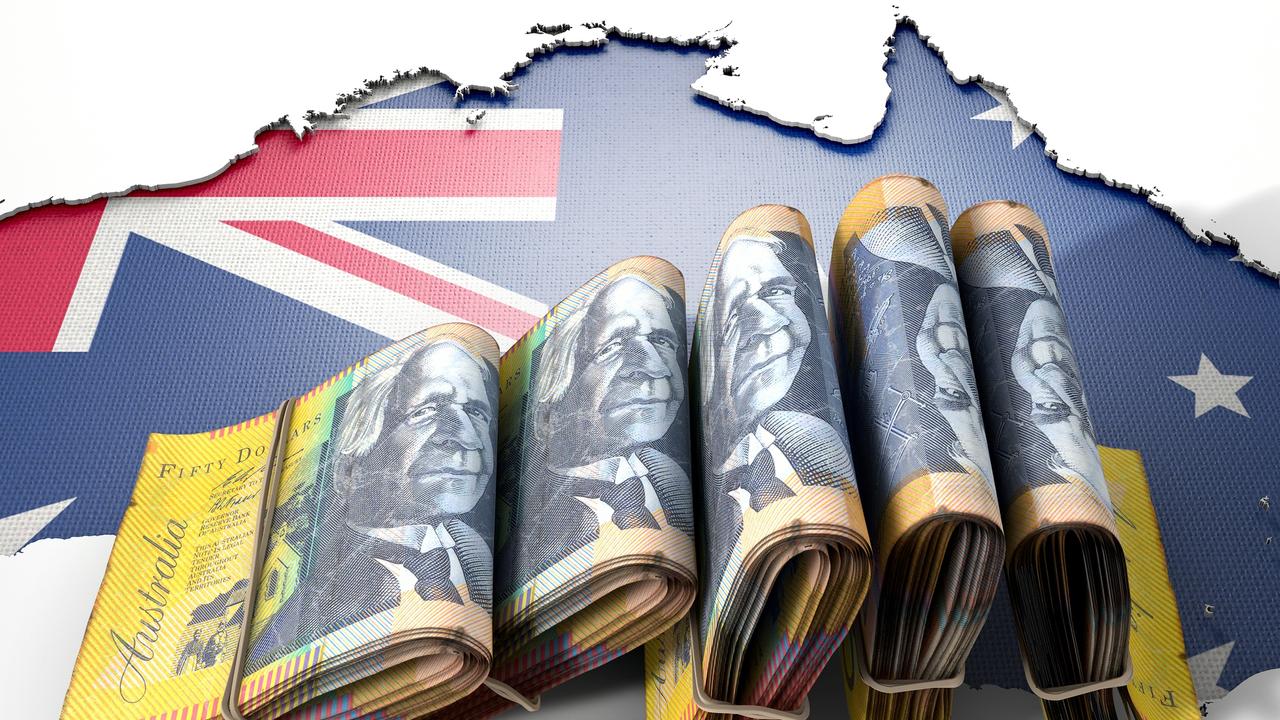Negative gearing is back with a bang, and it has its positive side
The tax deductions from investment property losses are just about to go through the roof.

Just when you thought it had faded away negative gearing is back with a bang. The tax deductions from investment property losses are just about to go through the roof.
You might call it the other side of the ‘‘mortgage cliff’’ where many homeowners are about to face an escalation in mortgage payments. Property investors are about to face the same problem – except they can use negative gearing to offset their extra interest costs.
We have the unlikely source of the Greens to thank for this information, because Adam Bandt got the Parliamentary Budget Office to run fresh numbers on the costs of negative gearing – it turns out the cost was about $3.8bn last year but it is heading closer to $8bn next financial year.
You can use these numbers to protest about the very existence of this tax break; as an investor you can also use them to get a clearer picture of the investment property market just now.
What’s more, negative gearing deductions will keep going higher as long as rates keep going up – every extra 1 per cent on official rates will add to the nation’s negative gearing bill.
In the same manner negative gearing is going to become more and more important to investors as rates rise.
Now, the Albanese government may well be talking about ‘‘hard decisions’, and tax reform and no doubt there will be some changes, but seasoned investors will know that even Paul Keating could not reform negative gearing – so the chances Jim Chalmers will do so are very slim indeed.
Instead, it might be more pragmatic to see negative gearing as a factor that is going to carry a lot of investors though the current residential downturn.
In turn, that resilience will underpin the market as it will cushion any potential wave of distressed selling.
Nobody knows how long the residential slump will last except to say that when rates peak the biggest drag on the property market will have been fixed. There is considerable divergence on where that peak will be: it ranges between 3 and 4.5 per cent against 2.85 per cent now.
How long to the peak? Maybe this time next year.

In other words, investment property bargain hunters have a prospective timetable on their hands and can now start mapping what is actually happening in the market against it.
Anyone in this area has to take on board the predictions that property prices will fall by up to 20 per cent, peak to trough – on that basis, we are nowhere near the end of the downturn.
However, in terms of hard numbers, there is a relatively orderly downturn afoot – the actual national drop in prices from the peak is somewhere near 6 per cent if we amalgamate various industry research figures.
For investors there is a most interesting development inside that data: units are not dropping as fast as houses.
The drop in unit prices is closer to 2.5 per cent – it is literally half the fall that is going through the market for standalone homes.
Units, especially apartments, are the entry points for many investors for the fundamental reason that they cost less – you can get going in the unit market and graduate to investing in standalone houses with higher prices and bigger maintenance costs later.
Why are units doing better?
First, units did relatively modestly in the pandemic upturn – in contrast, standalone house prices rose almost three times faster.
Second, the tight rental market – where vacancy rates are 1 to 2 per cent in most cities – has made units both attractive and secure in terms of cash flow for investors, even with ever escalating rates.
Third, higher home lending rates make renting more attractive – the variable mortgage rate at all four major banks is now above 7 per cent.
Fourth, the swing factor of revived immigration has yet to make a big difference in the property market, but the first place that it will bring renewed demand into is the metropolitan apartment markets.
The latest residential property figures offer no signs of price fall coming to an end.
The clearance rates are very poor indeed – 60 per cent – and that is in a market where stock levels are lower than normal.
Central banks continue to ‘‘jawbone’’ the market into believing they will keep hiking rates until inflation is plugged. This is clearly the intention but it does not mean that is how the story will end.
Keep in mind, it is not that long ago the RBA told us rates would not change for two years; that was jawboning too.
The problem was that many everyday investors made the mistake of believing the central bank actually knew what would happen in the future.
Lending rates are not the only factor forming to put a brake on the property slowdown.
The level of construction activity is grinding ever lower.
This week the Housing Industry Association reported a contraction in activity for the fifth month in a row, with the rate of decline actually accelerating.
Inside the housing price numbers the pace of decline is slowing – this may just be a pause, or it may be the beginning of the end.
Either way, If history is any guide then when the market turns we will find that the city where prices fell first and fastest – which is Sydney – will be the one where there are the first stirrings of bargain hunting, and this time around apartments may well take the lead.







To join the conversation, please log in. Don't have an account? Register
Join the conversation, you are commenting as Logout